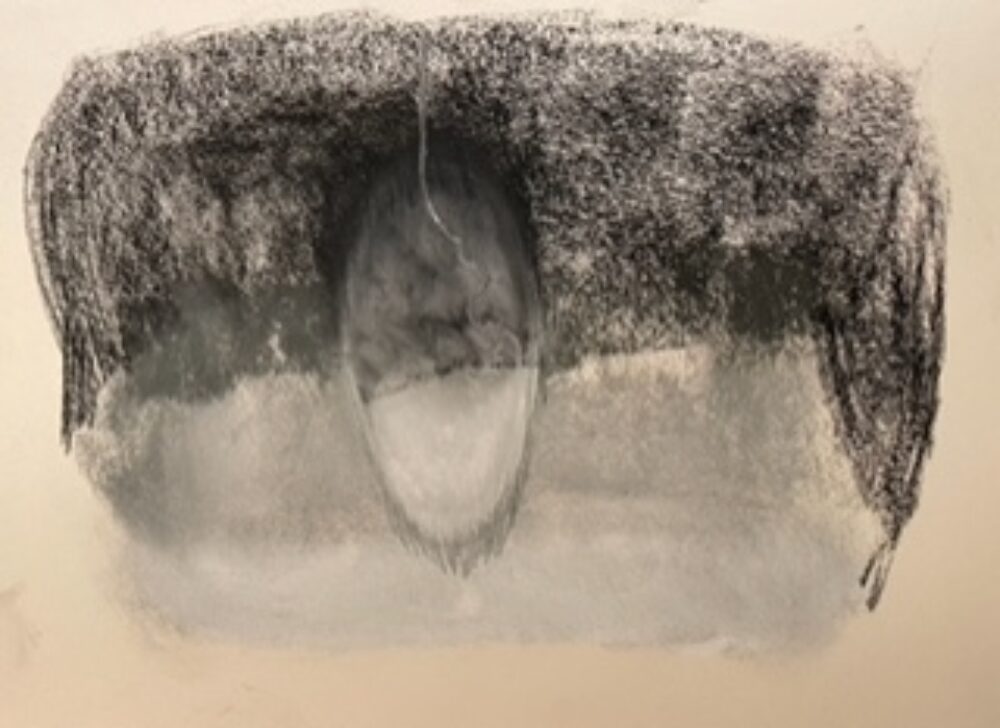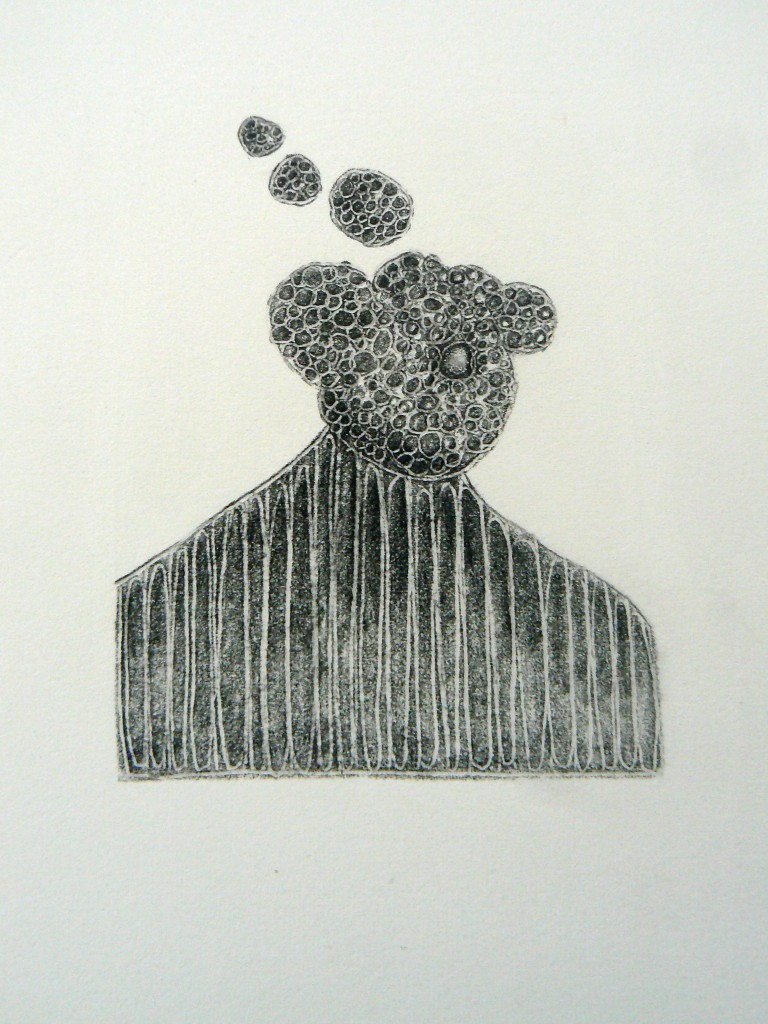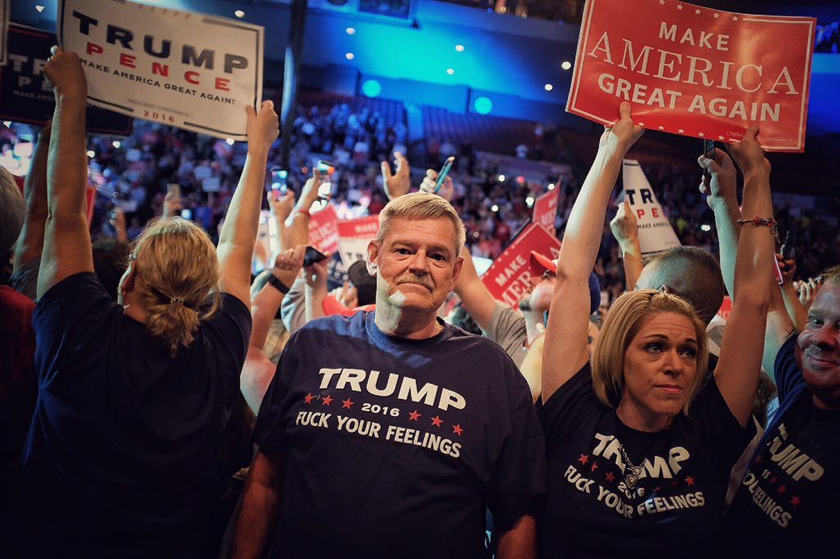
The takeaways thus far:
- Much of our life is governed by “Reasonable” ideas that get us through our daily social life.
- “Rational” ideas arise out of the rigors of scientific (or technical) discourse.
- “Race” is not an idea that is supported by science yet it persists in our daily discourse.
- One of the reasons it persists is that “race” is a notion that is bound up with our cultural mythology about kinship and identity. “Race” encodes the belief that literally superficial aspects of our appearance act as markers for innate differences we can’t see.
“Race” is an active way of thinking that assists in the constitution of our individual identities as well as our social reality. In America, our “race” is a huge determinant or our economic, social and political fates. One of the consequences of 450 years of race thinking is that it has enslaved us all in a self-reinforcing feedback system:
The people who have been subordinated by race thinking…have for centuries employed the concepts and categories of their rulers, owners and persecutors to resist the destiny that “race” has allocated to them…..Under the most difficult of conditions and from imperfect materials that they surely would not have selected if they had been able to choose, these oppressed groups have built complex traditions of politics, ethics, identity and culture….When ideas of racial particularity are inverted in this defensive manner so that they provide sources of pride rather than shame and humiliation, they become difficult to relinquish. For many racialized populations, “race” and the hard won oppositional identities it supports are not to be lightly or prematurely given up.
Paul Gilroy, Against Race
“Race” in America may not be a scientific fact but is an embodied fact. It is only in recent years that the concept of “white privilege” has started to percolate in America. It has begun to dawn upon people of good conscience who think they are “white” that their social position is the result of the centuries-long exploitation of other phenotypes. “White” is not a neutral descriptive term (no human skin is actually white) but a social category larded with invisible values and properties. The term “white trash” refers to people who are born “white” but who fail to live up to the invisible attributes encoded in the term “white”.
One’s self conception and one’s social identity is a hairball* of psychic, symbolic, social and economic factors. In this America of ours, “race” is a major constituent of this hairball. Changing how we think about “race” will be necessary for us to begin the un-tangling but will not be sufficient to disgorge the hairball. The threads we follow will lead us directly to issues of power, trauma and myths of originary unity which will further challenge our political institutions and our collective self-awareness:
…where politics fails…it is replaced by enthusiasm for the cheapest pseudo-solidarities…forms of connection that are imagined to arise effortlessly from shared phenotypes, cultures and bio-nationalities.
Paul Gilroy, Against Race
*Or in Lacan’s more topologically elegant notion, a Borromean knot


